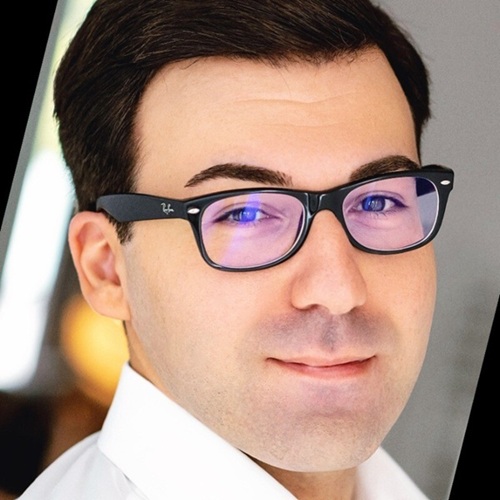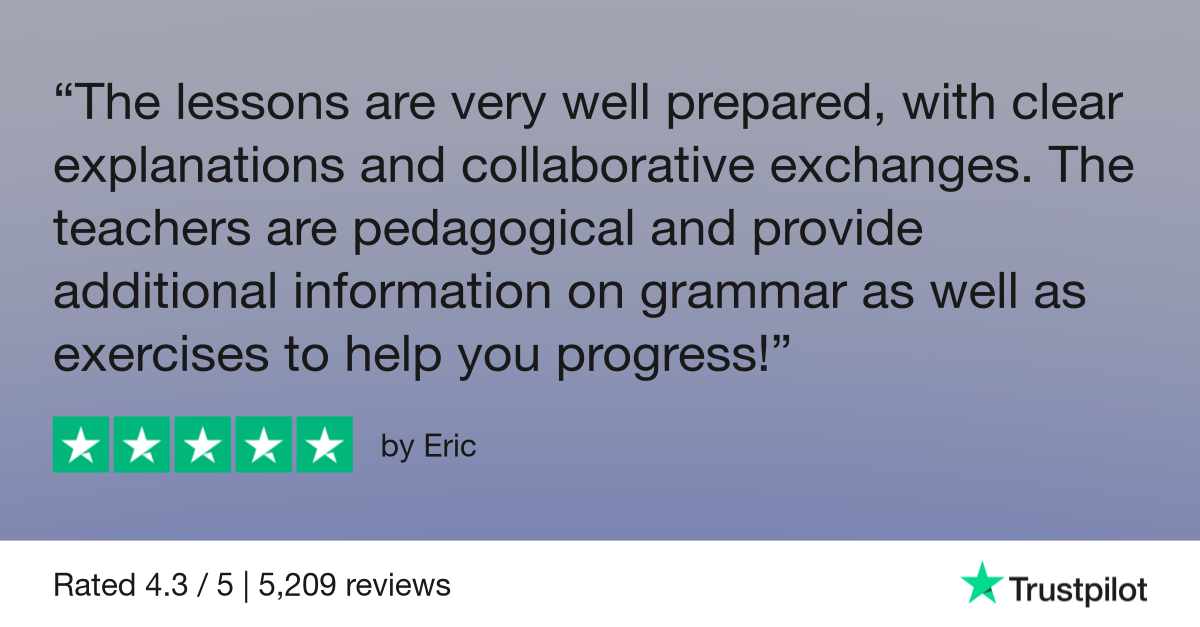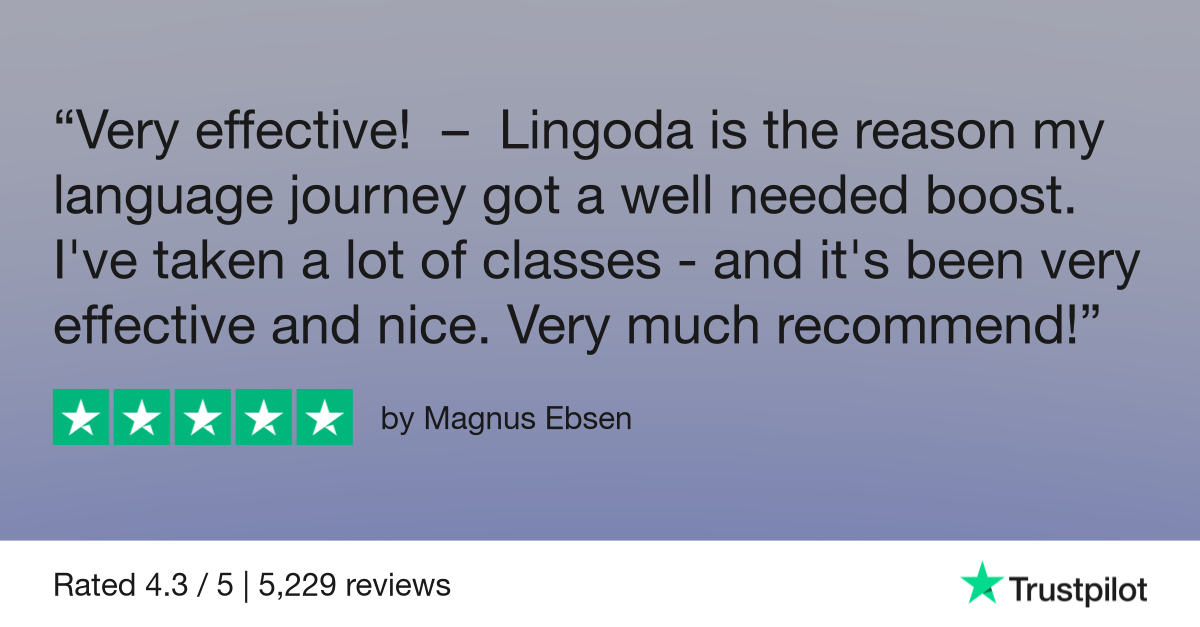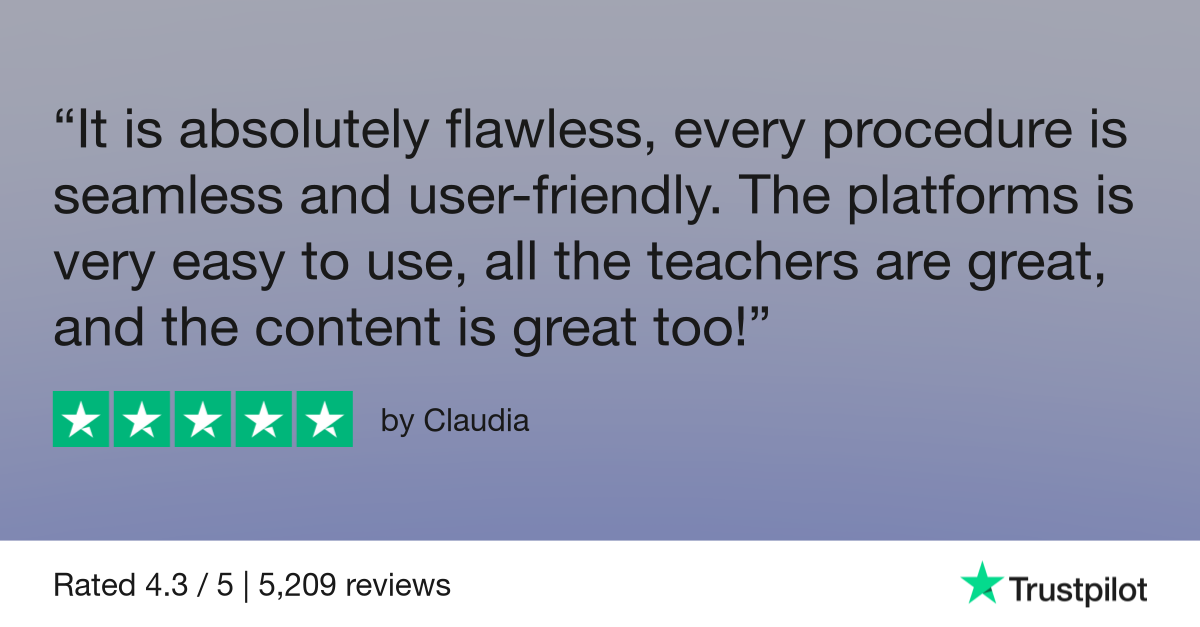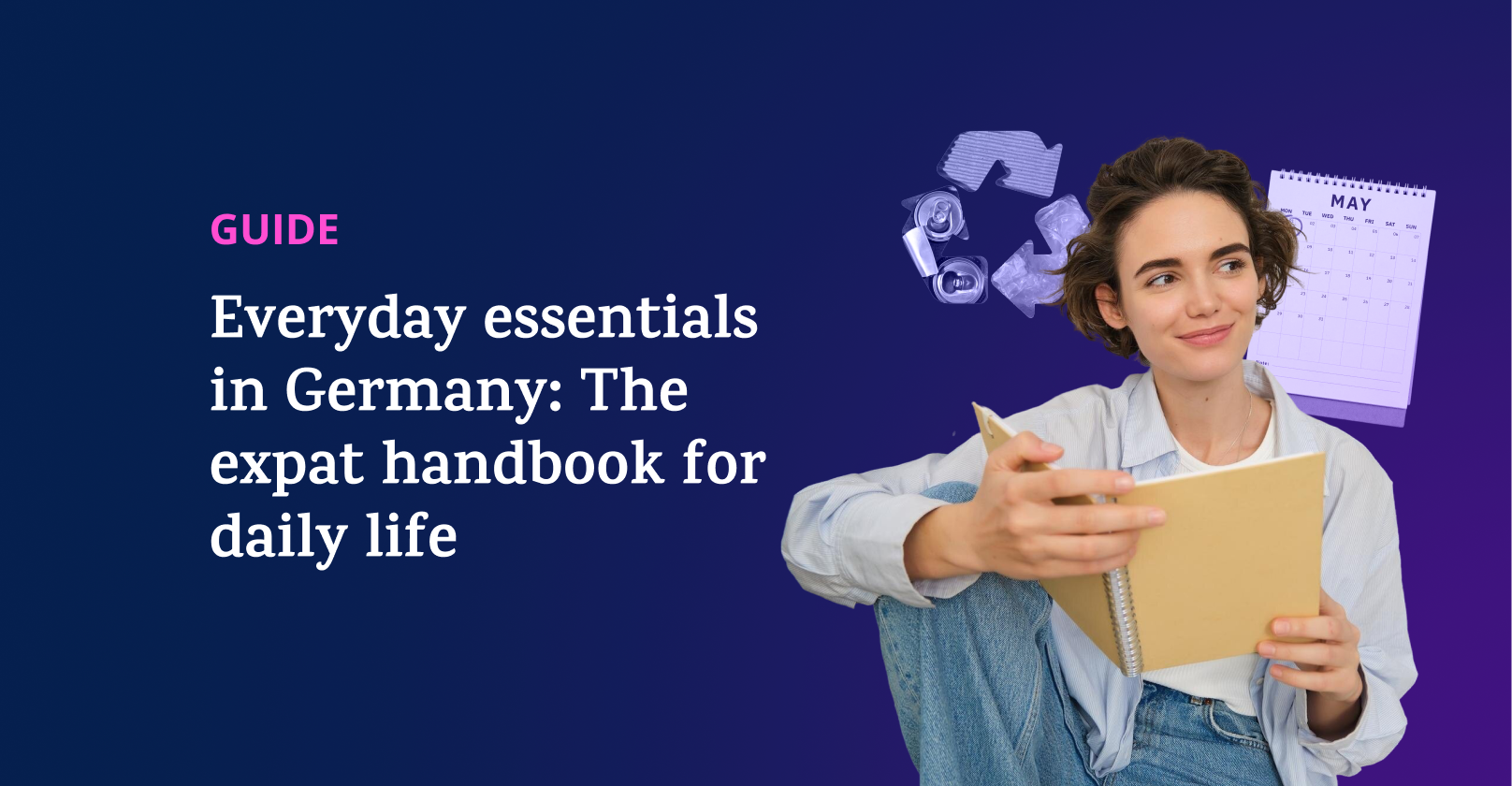Mastering the German past participle (Partizip II): A complete guide

Speaking German without using the past participle is almost impossible. Whether you’re talking about what you did last night or expecting something to be finished by tomorrow, you need the past participle.
But what exactly is the past participle (or Partizip II, as it's called in German)? To keep things simple, we can say that the Partizip II is a verb form that expresses completed actions. You’ll find it in compound tenses like the Perfekt, Plusquamperfekt and Futur II, as well as in the passive voice. It even functions as an adjective.
When you study German verbs, the third form after Infinitiv and Präteritum is the Partizip II. You can usually map the German Partizip II onto an English equivalent. In the table below, it’s the third verb in the sequence (following the Infinitiv and Präteritum forms in German):
| English | German |
| go – went – gone | gehen – ging – gegangen |
| eat – ate – eaten | essen – aß – gegessen |
- How to form the German past participle
- When and how to use the past participle
- Choosing between haben and sein as auxiliary verbs
- Practice makes perfect: Exercises and resources
- FAQs
How to form the German past participle
Regular (weak) verbs
For regular (i.e., “weak”) verbs, the past participle is formed by removing the -en ending from the infinitive to isolate the verb stem, then adding the prefix ge- and the suffix -t:
- machen → mach → gemacht
- spielen → spiel → gespielt
Irregular (strong) verbs
For irregular verbs, also known as “strong” verbs, the past participle is less predictable. These verbs still take the prefix ge-, but they typically end in -en and their stem may change (a vowel shift known as Ablaut).
Because these verbs don’t follow a strict pattern, you’ll often need to memorize them. Don’t worry, though; patterns do start to emerge with time and practice:
- sehen → gesehen
- bleiben → geblieben
Mixed verbs
Mixed verbs combine features of both regular and irregular verbs. Like irregular verbs, they change their stem vowel, but like regular verbs, they end in -t. They also take the ge- prefix, following the standard pattern:
- bringen → gebracht
- denken → gedacht
Mixed verbs must be learned individually. But since the group is quite small, memorizing them doesn’t pose too much of a challenge.
Special cases
In addition to the three main verb groups, there are several special cases in the formation of the past participle.
All verbs ending in -ieren do not take the prefix ge-. So, studieren becomes studiert, not gestudiert. The same rule applies to verbs with inseparable prefixes such as be-, ver- or ent-. For example, verstehen becomes verstanden.
Verbs with separable prefixes do take ge-, but it’s inserted between the prefix and the stem. For example, aufmachen becomes aufgemacht.
Verbs whose stems end in -d or -t add -et instead of just -t to make pronunciation easier, as in arbeiten, which becomes gearbeitet.

Learn German with Lingoda
How it works

When and how to use the past participle
In compound tenses
The Partizip II is fundamental in most German compound tenses and is always used in combination with either haben or sein as the auxiliary verb.
In the Perfekt, it describes completed actions in the past, especially in spoken language.
- Structure: haben/sein (present simple) + Partizip II
- Example: Ich habe gegessen. (I have eaten.)
The Plusquamperfekt expresses an action that occurred before another past event and uses the past participle to do so.
- Structure: haben/sein (past simple) + Partizip II
- Example: Ich hatte gegessen, bevor du kamst. (I had eaten before you came.)
In the Futur II, the past participle is used with the future form of haben or sein to indicate that something will have been completed by a specific point in the future.
- Structure: haben/sein (future simple) + Partizip II
- Example: Ich werde gegessen haben. (I will have eaten.)
In the passive voice
In passive constructions, the focus is on the receiver of the action, rather than the doer. To form these sentences in German, the past participle is combined with the auxiliary verb werden, which is conjugated based on the tense:
- Das Buch wird gelesen. (The book is being read.)
- Das Buch wurde gelesen. (The book was read.)
- Das Buch ist gelesen worden. (The book has been read.)
As adjectives
In German, the past participle can also function as an adjective. When used this way, it typically describes a noun by implying that an action has been completed.
For example: Die geschlossene Tür translates to “the closed door.” Here, geschlossen is the past participle of schließen (to close) and acts as an adjective that describes the state of the door. (An “e” is added at the end of the adjective to ensure it agrees with the gender, number and case of the noun.)
Choosing between “haben” and “sein” as auxiliary verbs
All compound tenses in German require combining the past participle with one of the auxiliary verbs, either haben or sein. Both auxiliary verbs are irregular and rank among the most common German verbs, but they are paired with different types of main verbs.
Sein goes with verbs that indicate motion or a change of state, which are typically intransitive, meaning they do not take a direct object.
For example: Ich bin gegangen. (I have gone.)
Haben applies to most other verbs, especially transitive ones, which take one or more objects.
For example: Ich habe einen Apfel gegessen. (I ate an apple.)
Practice makes perfect: Exercises and resources
Now that you know how the German past participle works, it’s time to practice using it with some exercises.
Let’s start with some fill-in-the bank sentences:
- Hast du die Hausaufgaben _________? (machen)
- Sie hatte gerade die Wohnung __________, als es anfing zu regnen. (verlassen)
- Die Zeitung wird von uns __________. (lesen)
- Er hat das __________ Glas __________. (zerbrechen, wegwerfen)
- Ich habe Jura __________. (studieren)
- Wir haben oft an dich ______. (denken)
Now choose the correct auxiliary verb to complete each sentence:
- Wir __________ einen Kuchen gebacken.
- sind
- haben
- Du __________ den Film schon gesehen.
- hast
- bist
- Sie __________ heute schon viele Kilometer gelaufen.
- sind
- haben
- Ich __________ nach Hause gefahren.
- bin
- habe
- Ihr __________ gestern angekommen.
- seid
- habt
Let’s check the answers!
Part 1: Fill in the correct past participle
- Hast du die Hausaufgaben gemacht?
- Sie hatte gerade die Wohnung verlassen, als es anfing zu regnen.
- Die Zeitung wird von uns gelesen.
- Er hat das zerbrochene Glas weggeworfen.
- Ich habe Jura studiert.
- Wir haben oft an dich gedacht.
Part 2: Choose the correct auxiliary verb
- Wir haben einen Kuchen gebacken.
- Du hast den Film schon gesehen.
- Sie sind heute schon viele Kilometer gelaufen.
- Ich bin nach Hause gefahren.
- Ihr seid gestern angekommen.
As you can see, sometimes it’s just a matter of memorization, especially when it comes to irregular verbs.
A great way to expand your vocabulary efficiently is by using flashcards. You can create your own or use websites and apps like Quizlet to help you remember verbs and their past participle forms.
If you prefer a more structured approach, we recommend Lingoda’s live classes and courses, starting from German A1. With native-level teachers and personalized feedback, you’ll get plenty of opportunities to practice what you’ve learned.
What is the past participle in German?
In German, the past participle (Partizip II) is a verb form that describes actions that have already been completed. It’s an essential part of compound tenses, such as the Perfekt, Plusquamperfekt and Future II. It also appears in passive constructions and can function as an adjective.
When do you use "haben" vs. "sein" in German past tenses?
In German past tenses, sein is used with most intransitive verbs that express motion or a change of state. Haben applies to all other verbs, primarily transitive ones.
The German past participle: Practice and progress
Learning the past participle in German is a key step toward expressing yourself more naturally and confidently. It plays an important role in compound tenses, which are used to talk about completed actions in everyday conversations, stories and written text.
Since many strong and mixed verbs don’t follow regular patterns, it’s helpful to memorize common forms and practice them regularly to make steady progress.
If you’d like to learn German or want to take your language skills further, Lingoda can help. With flexible class schedules and small group lessons, you can enjoy a personalized learning experience at your own pace.

Learn German with Lingoda
How it works

